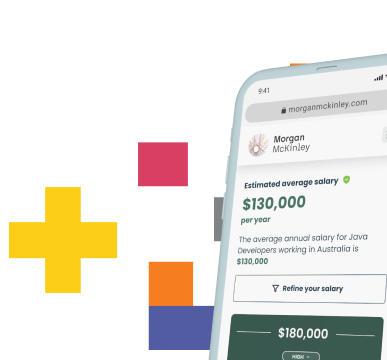How to write inclusive job ads?

As we gather more insight on how professionals respond to job adverts, data reveals that men and women read and interpret information in different ways.
Understanding these differences and being intentional when writing job ad copy and job descriptions will reap rewards if you’re striving to have a greater gender balance in your applications.
Not tackling this at the application stage can lead to great diversity issues as you progress through the hiring process.
Less overall diversity amongst applicants = less diversity in the shortlist/at the interview stage = highly homogenous pool of candidates to select from = inherent lack of diversity in the workplace.
What can be done upfront to minimise barriers and broaden the pool of applicants throughout your hiring process for any given role?
Here are four factors to consider when writing an advertisement that will help you avoid “gendering” and bias.
1. Adjectives are important if you want to write an inclusive job ad
Descriptive words used to outline key responsibilities leave a lasting impression on prospective candidates. The following words may import ‘masculine’ characteristics, and are likely to deter female applicants:
- independent
- lead
- competitive
- assertive
- determined
- ambitious
While certain others paint a different picture, generally increasing the female response rate:
- responsible
- collaboration
- dedicated
- support
- empathy
- inclusive
Language that specifically targets or singles out one gender can feel isolating or exclusionary to the other. For example, talk about a “sales representative” rather than a “salesman”.
“Only 31% of employers or hiring managers ensure the use of inclusive language in job descriptions.”
-'Global Study: Inclusive hiring practices to start today' from Remote
2. Excessive detail and bullet points deter
Harvard Business Review identified that men will apply for a role if they meet just 60% of the requirements, while women will only apply if they hit 100%.
Don’t include anything as a ‘prerequisite’ or ‘must-have’ unless it literally is. Avoid superfluous bullet points, and keep ‘key skills’ to a minimum to avoid deterring potential superstars.
The content of an advertisement will determine how much preparation job seekers think they will need, and how challenging the job will be. Not only might this deter potential job seekers, - but it could also play on candidates’ minds as they make their way through the interview process.
3. Utilise AI and software tools
Once you've crafted your job advert, you may find AI can rewrite job descriptions to be more gender inclusive.
Platforms like Textio, Jasper, CopyAI, and Grammarly Business analyse your ad copy against vast datasets to identify potential bias in wording or phrasing. These tools highlight areas for improvement and suggest revisions that promote inclusivity, ensuring your ad reaches the widest pool of diverse candidates.
4. Promote your flexible practices
If you have flexible working practices, it’s important to include those in the job advertisement. This will increase your applicant pool as research shows flexibility at work is a key driver when choosing an employer of choice. Our research found that 50% of employees are ready to skip a pay raise if it means they get the flexibility of working patterns that they desire. Whilst research shows both men (50%) and women (60%) prioritise flexible work options when searching for new jobs, this is clearly of higher importance for women.
Advertise all jobs with various work patterns, whether remote, hybrid, or on-site, to remove any confusion. Emphasise your work-life balance policies for everyone. By removing the stigma and making flexibility the norm, you'll unlock a competitive edge in the job market.
Writing the perfect inclusive job advert also starts with having a highly effective job description - something we understand can take a lot of time. If you don't have much time to write your own, feel free to use one of our free, downloadable (and editable!) job descriptions.














